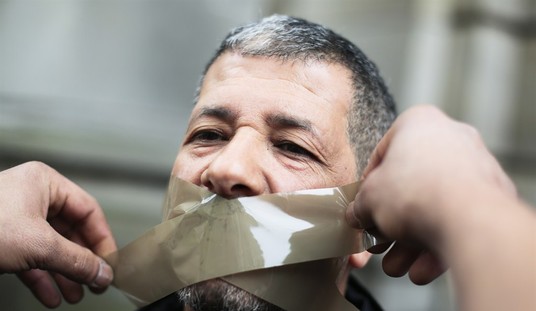
John Dean “Jeff” Cooper
Almost 31 years ago as this is written, I attended my first session at a major training site and learned the Weaver shooting stance from none other than Jeff Cooper. No matter what you think of the late Colonel Cooper personally, if you deny him as the progenitor of all the various schools of thought we now see in modern firearms training and practical competition, you deny reality.
Short video of Jeff Cooper
In my limited time around him, I found Cooper to be both highly opinionated and, at the same time, extremely curious about serious alternatives presented by those around him. Jeff Cooper clung to the Weaver stance not because he was unwilling to consider other options, but because he hadn’t seen anything dramatically better.
As I evolved as a shooter and as an instructor, I looked honestly at each of the “newest” shooting techniques as they came down the pike. Often, these “new” techniques were little more than a re-hash of something we’d used 20 or more years previously.
I finally came to understand that most aspects of shooting are cyclic, repeating every generation or so as new shooters think they’ve discovered something original, only to find out their great idea is little more than an old technique that had fallen out of favor. The newest iteration of the Isosceles stance I learned in my youth is refined a bit through reincarnation, but it is certainly nothing new.
My theory of training self-defense with a pistol is simple. Show the students a couple of variations of grip and stance and let each of them sort out their own way to shoot. You can coach a new shooter into better performance, but you cannot get inside their head or muscles and program them with your own way to perform. Adults learn by listening, observing, trying, failing, and then re-trying until they perfect their own personal way to accomplish a task.
A good trainer judges a student’s performance by their results, not their technique.
Some techniques a student may try are clearly wrong for reasons of safety or incompatibility with other aspects of the overall program. But, if a new shooter develops a style that is safe and productive, I encourage trainers to let them be…even if their technique does not look exactly like that of the instructor.
The most important aspect of training armed self-defense is to program yourself mentally. With proper mental programming the physical part of your performance will be able to survive the stress of a gunfight. If you concentrate too much on the physical aspects, you will degrade the mental side of the equation. All shooting styles will degrade to some extent under stress, so focus on managing the stress and let the physical technique take care of itself.
The difference between range shooting and gunfighting is both simple and complex. Simply put, the difference is the stress of facing death on the other end of your gun sights. But, ramping up the frequency and difficulty of your marksmanship training isn’t the simple answer. The solution is what Jeff Cooper called “Mental Conditioning for Combat.”
The bottom line is this: If you can master the stress of the combat moment, almost any marksmanship technique can work. If you can master the stress, even below average marksman will score hits and win in most pistol confrontations which generally occur at distances measured in mere feet. But, if you can’t master the stress, NO technique will work. If you can’t master the stress, even the very best marksman may miss … and die. So, prepare yourself mentally to use deadly force effectively should your life or the life of a loved one be threatened by one of society’s wolves.
That was the lesson I learned from Jeff Cooper – the marksman challenges in a gunfight are likely to be quite simple. If you have first programmed your on-board computer with a winning mindset.








Join the conversation as a VIP Member